- Seek structure: People feel safe in their house or apartment, and fish do, too. The marine food chain begins with structure, so find those sanctuaries, and the larger predators won’t be far away. Don’t be judgmental—a three-foot high rock on an otherwise barren bottom can be productive. While underway, watch the sounder for spots that may be unmarked on the charts. If floats are bunched together after a storm, the wayward traps below are likely hung up on structure. Check with state fisheries agencies for a list of artificial reefs and wrecks.

- Be prepared yet flexible: Have a plan in mind before stepping on the boat. Figure out where and how to fish based on the day’s target, season and conditions. Factor in variables like tide, weather and bait beforehand and then re-evaluate after arriving at your destination. Be patient and fish an area thoroughly before throwing in the towel. And don’t be afraid to hatch a new plan if the first one goes bust. New hot spots are never discovered without exploring.

- Keep Records: Consistent success hinges on repetition. To repeat successful patterns, keep a detailed log of each trip. A dedicated book, software program or even a simple spiral notebook will all work. Catalog weather conditions like wind speed and direction, water and air temperatures, sea state, barometric pressure and moon phase. Briefly recap the day’s trip with the tackle, bait and lures used, specific spots fished and catch rates. Find similar conditions on subsequent trips and the fish should be there.
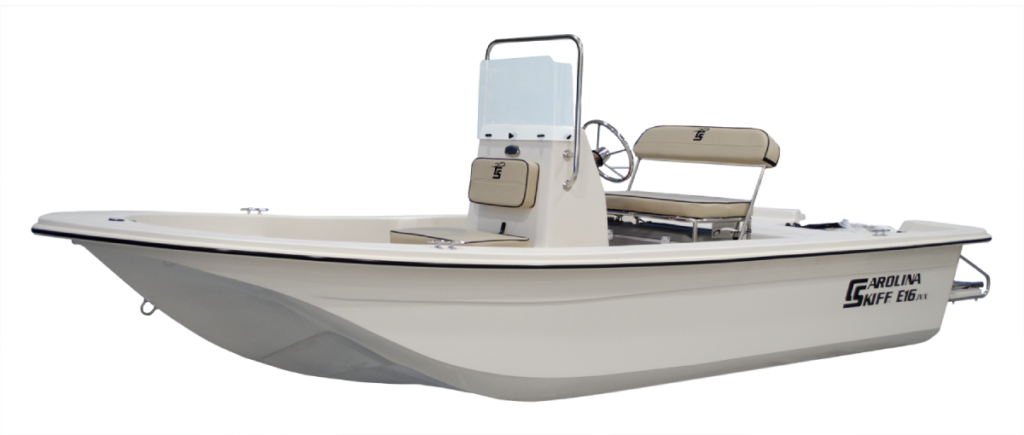
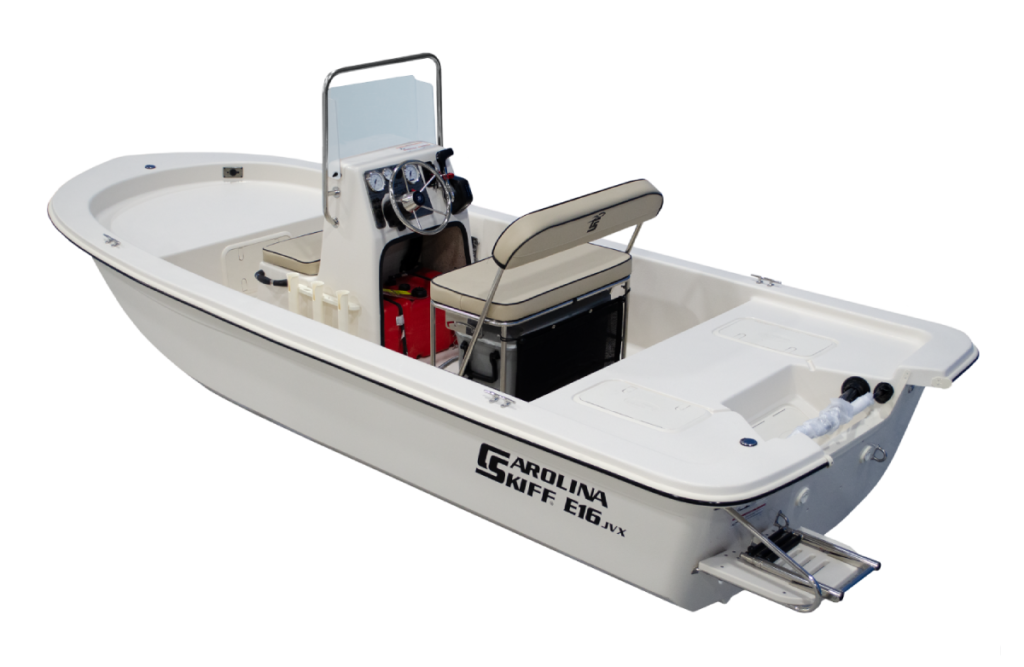

- The best just got better.
- Length Over All:
15'ft 11"in
- Beam:
78"in
- Gunnel Height:
17 1/2"in
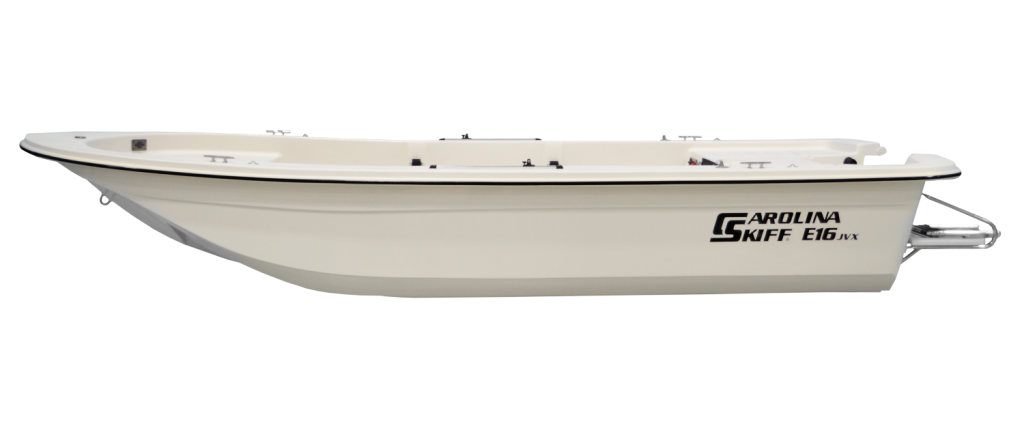
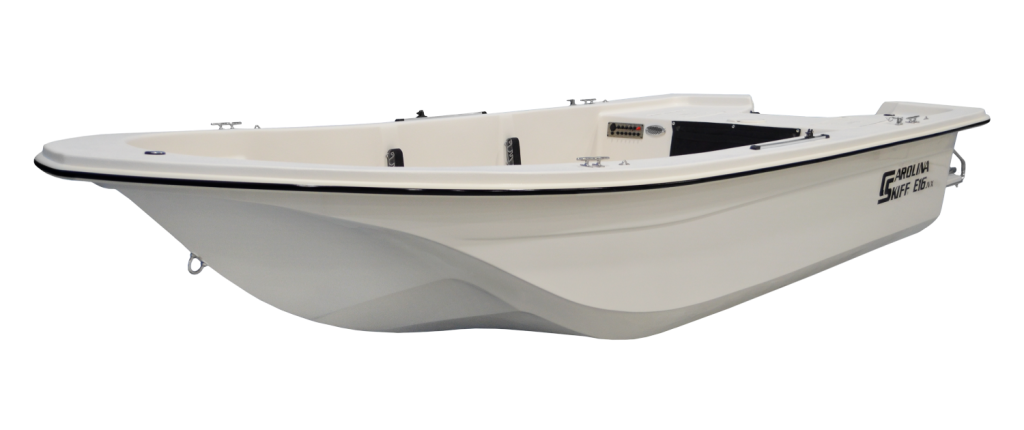
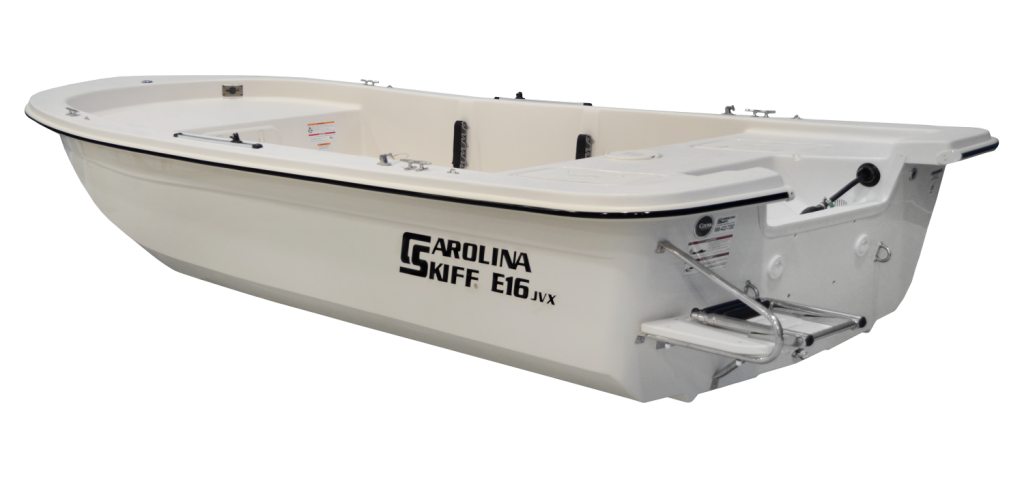



- The best just got better.
- Length Over All:
15'ft 11"in
- Beam:
78"in
- Gunnel Height:
17 1/2"in


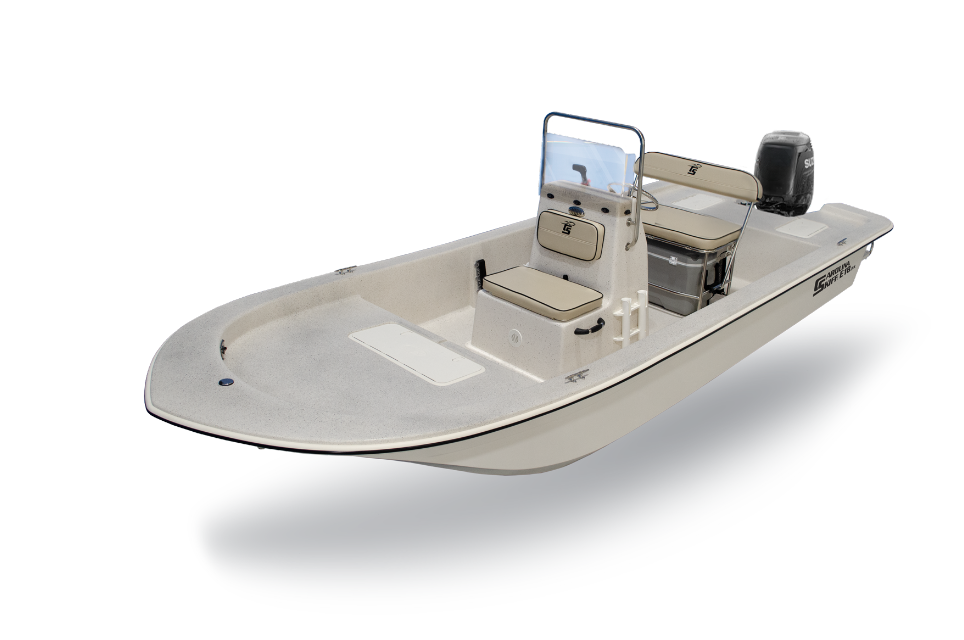

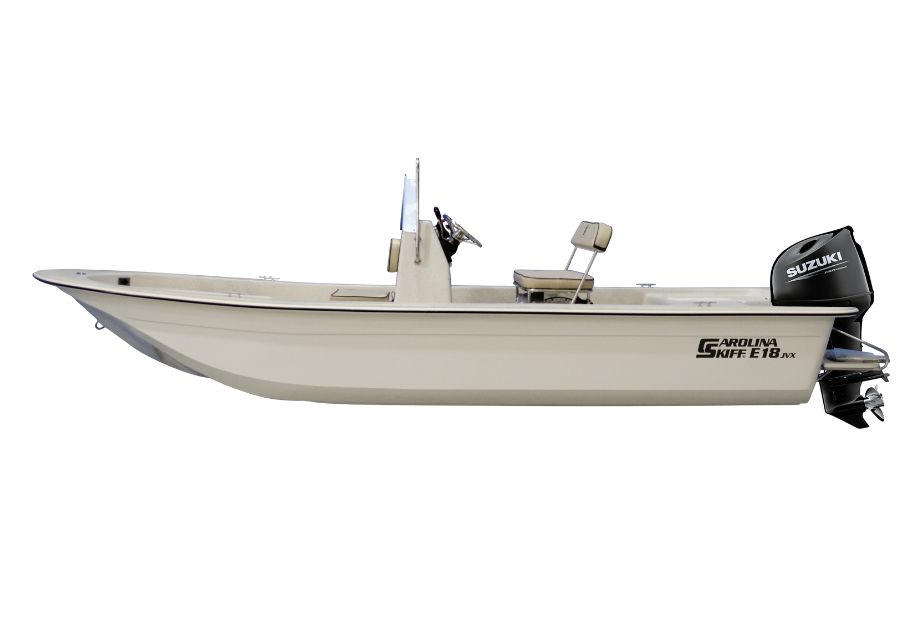
- The best just got better.
- Length Over All:
17'ft 11"in
- Beam:
78"in
- Gunnel Height:
20"in

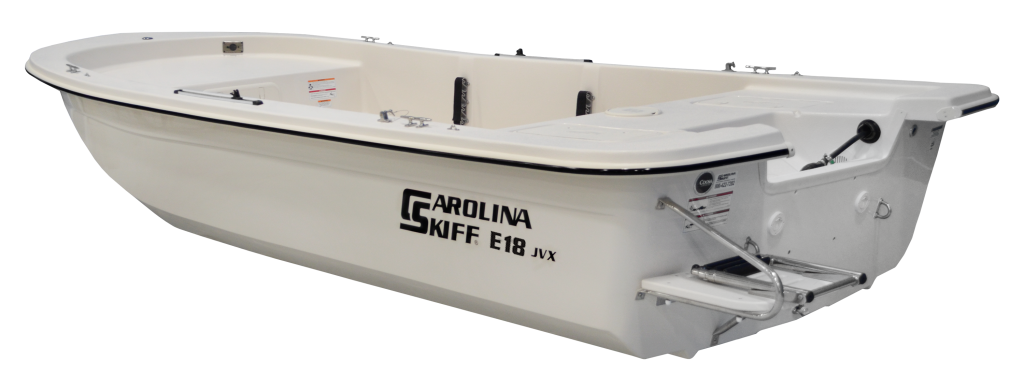

- The best just got better.
- Length Over All:
17'ft 11"in
- Beam:
78"in
- Gunnel Height:
17 1/2"in

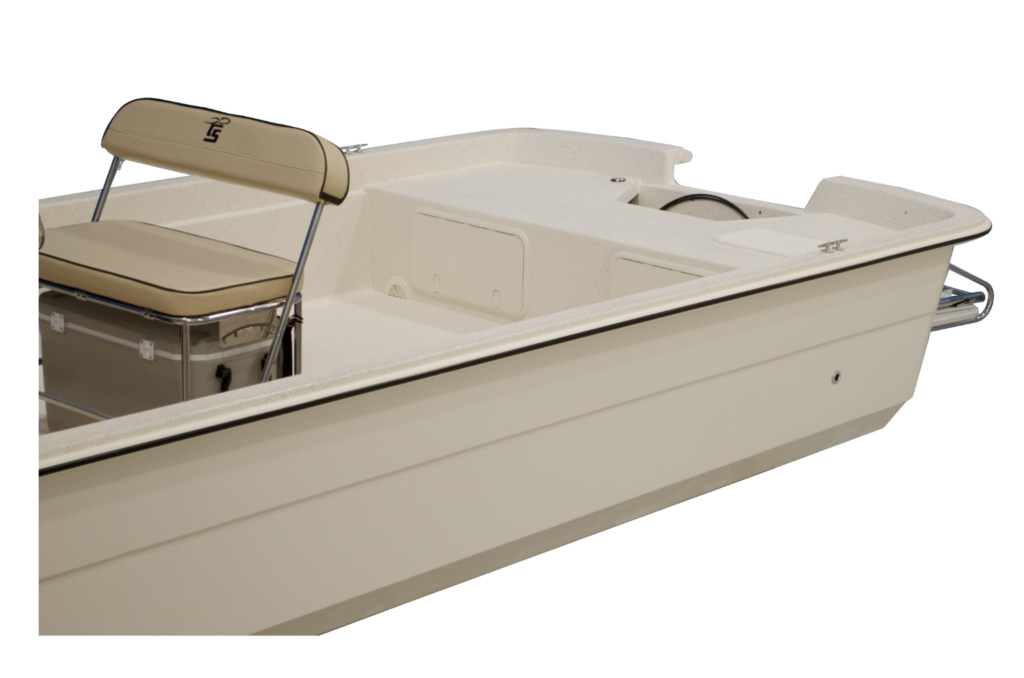
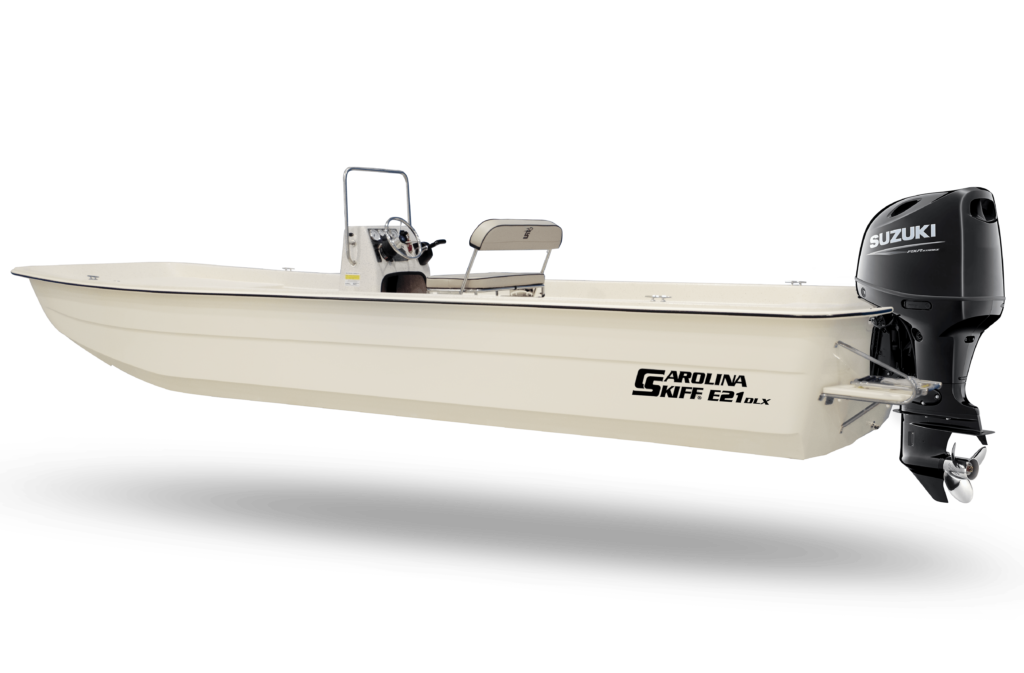

- The best just got better.
- Length Over All:
21'ft 0"in
- Beam:
93"in
- Gunnel Height:
20"in






- The best just got better.
- Length Over All:
21'ft 0"in
- Beam:
93"in
- Gunnel Height:
20"in



- The best just got better.
- Length Over All:
21'ft 0"in
- Beam:
93"in
- Gunnel Height:
20"in

- The best just got better.
- Length Over All:
24'ft 1"in
- Beam:
93"in
- Gunnel Height:
20"in
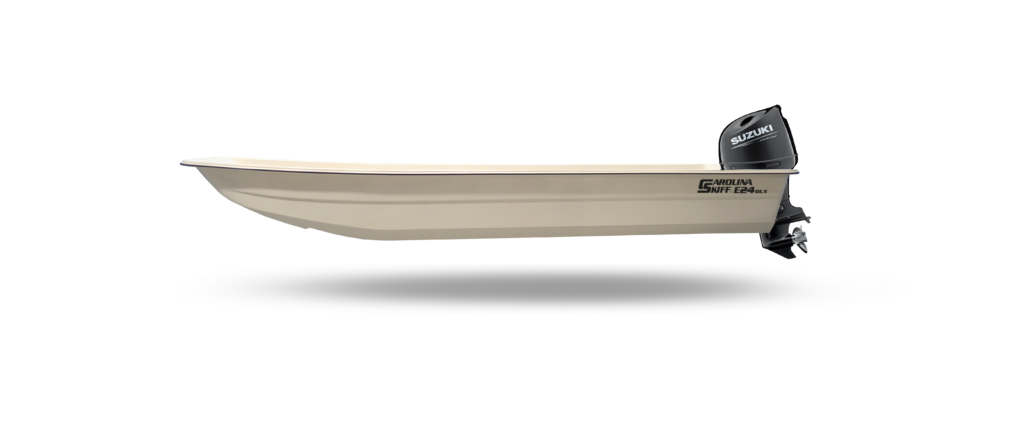
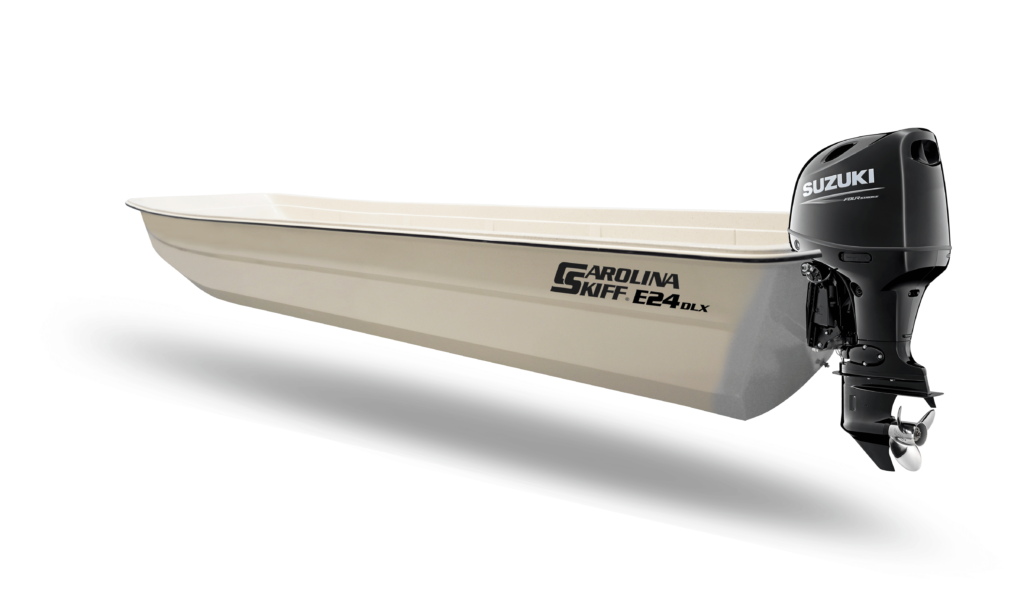
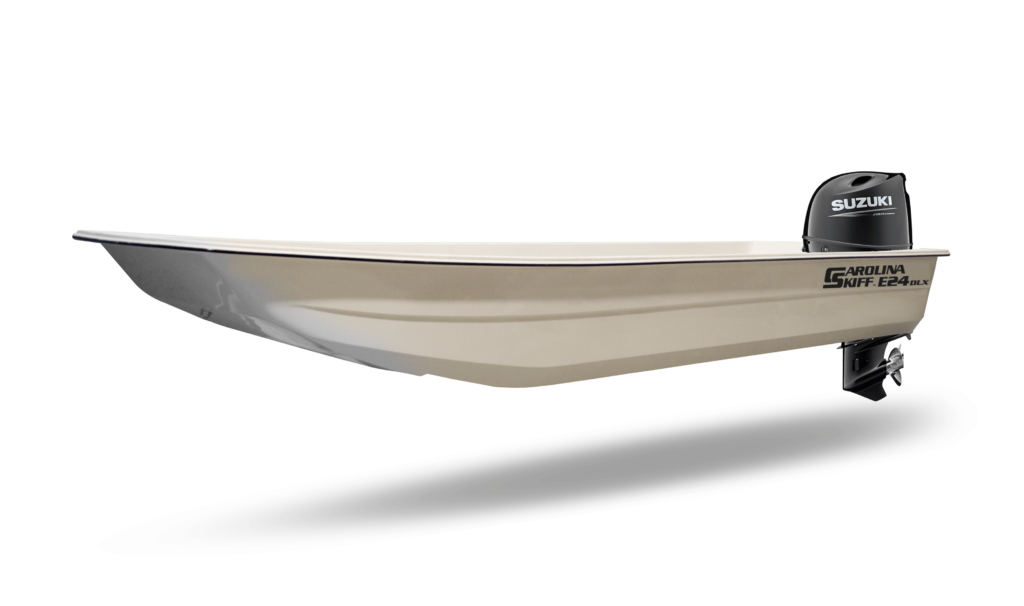



- The best just got better.
- Length Over All:
24'ft 1"in
- Beam:
93"in
- Gunnel Height:
20"in


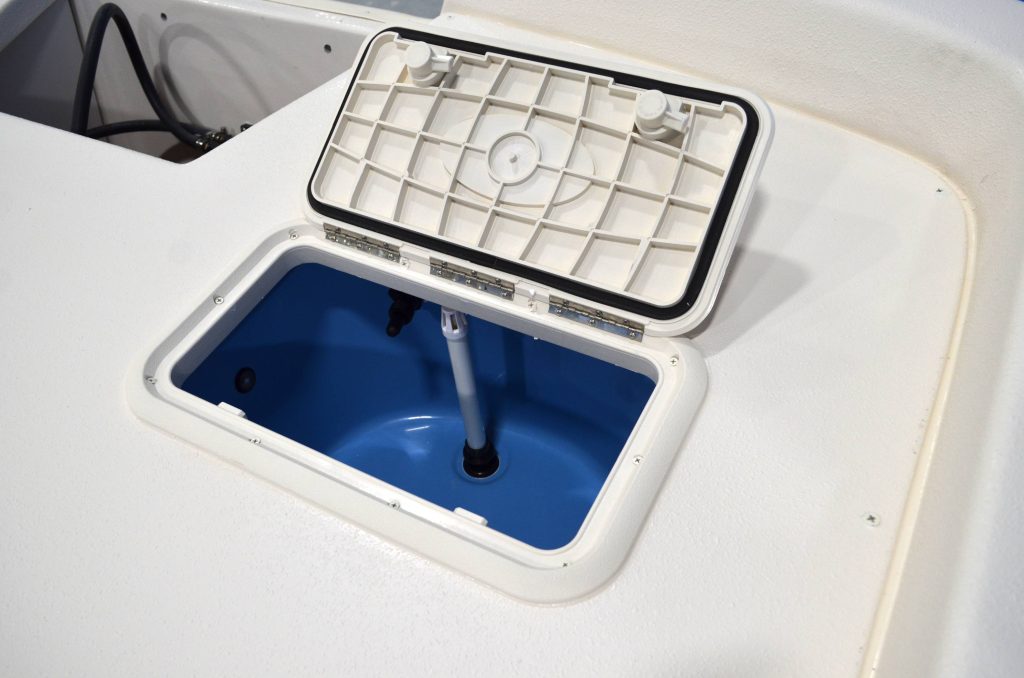
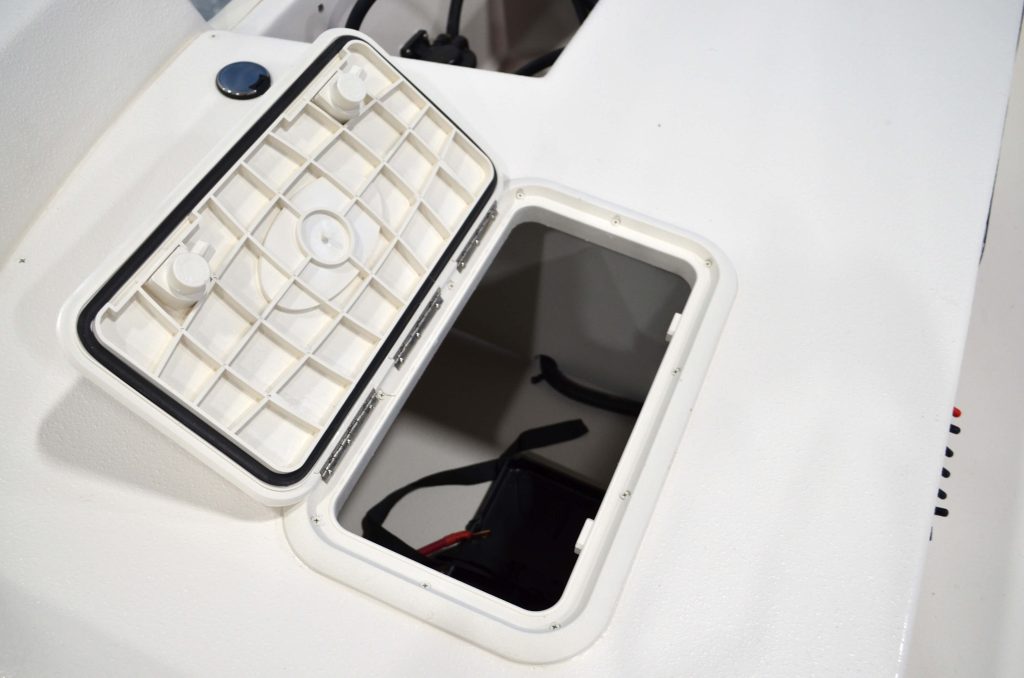


- The best just got better.
- Length Over All:
24'ft 1"in
- Beam:
93"in
- Gunnel Height:
20"in
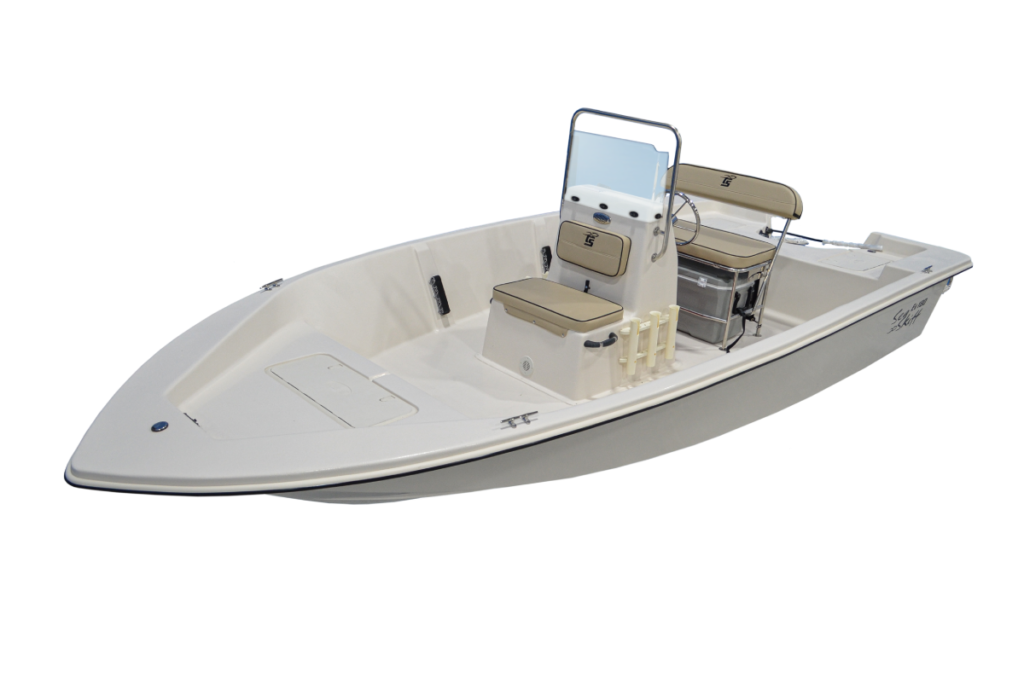
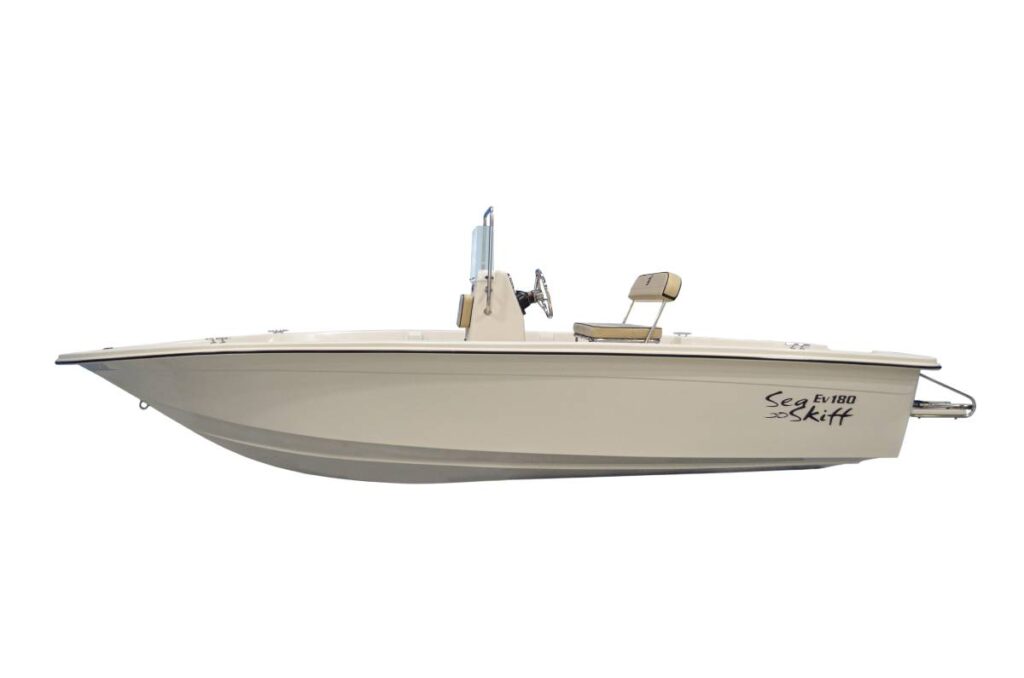

- The best just got better.
- Length Over All:
18'ft 1"in
- Beam:
95"in
- Gunnel Height:
20"in
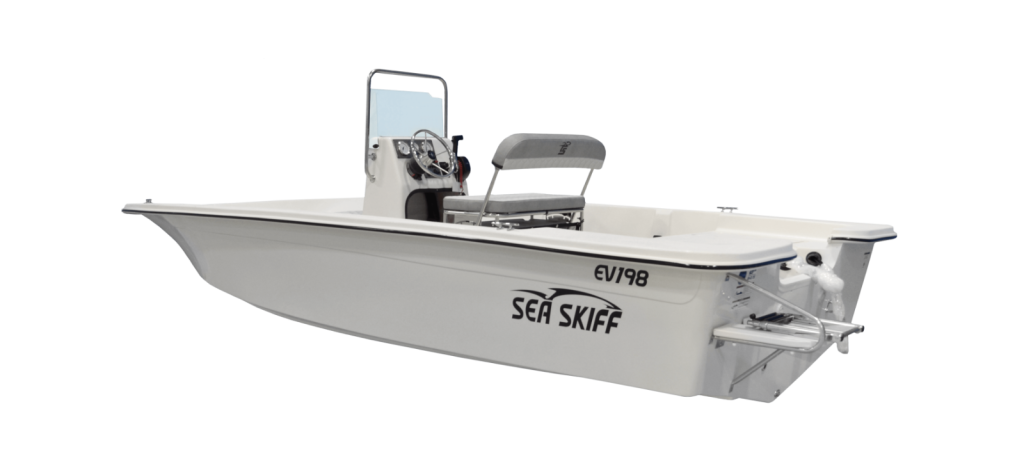
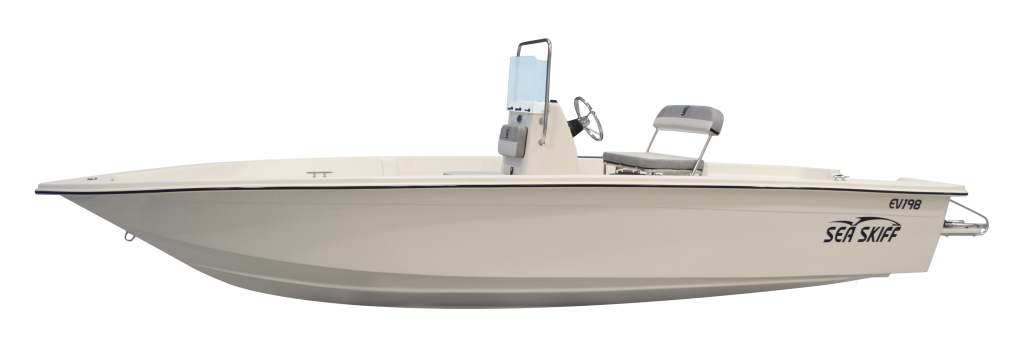
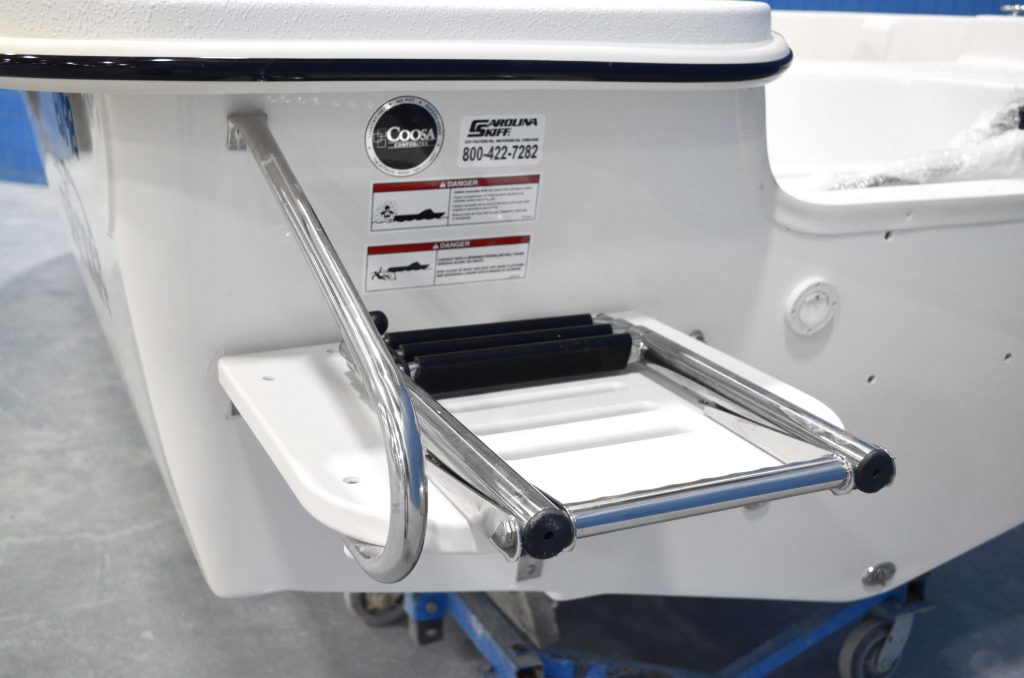



- The best just got better.
- Length Over All:
19'ft 8"in
- Beam:
96"in
- Gunnel Height:
20"in
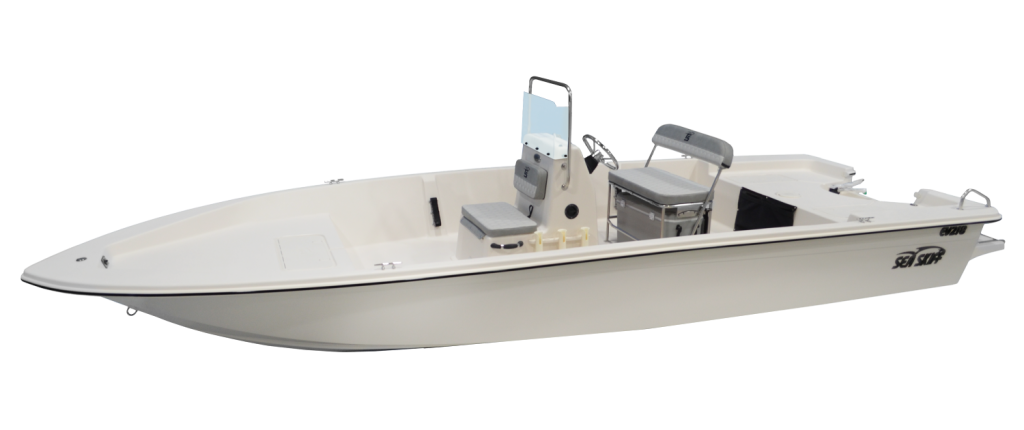
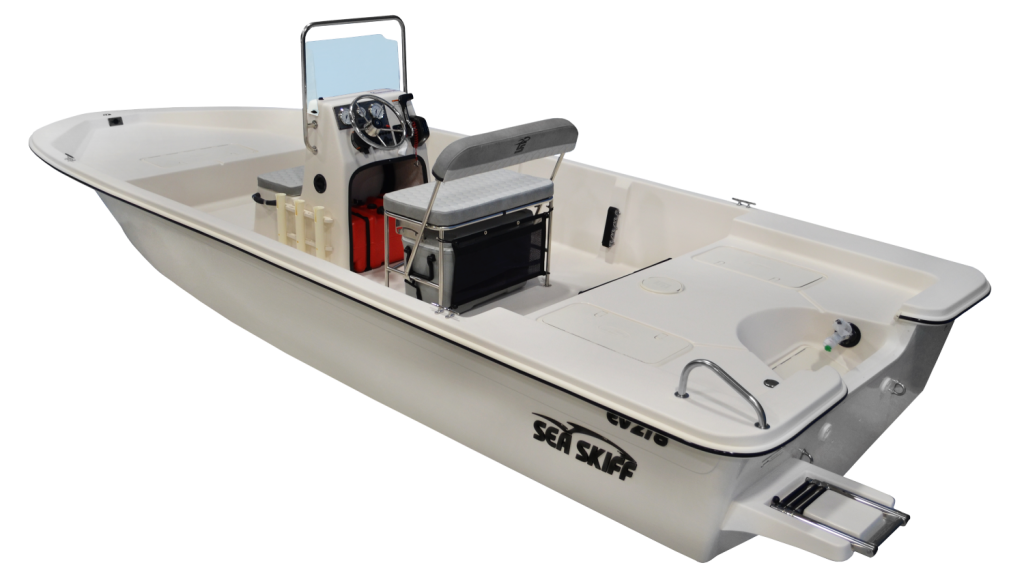
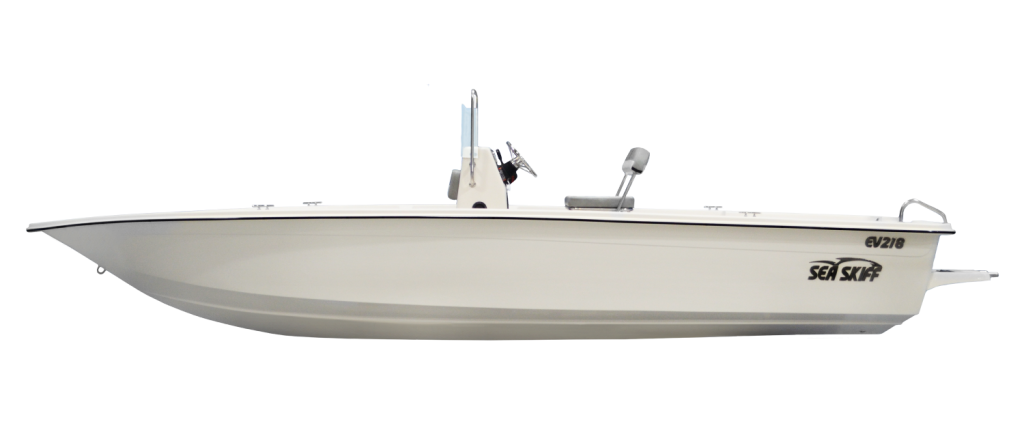


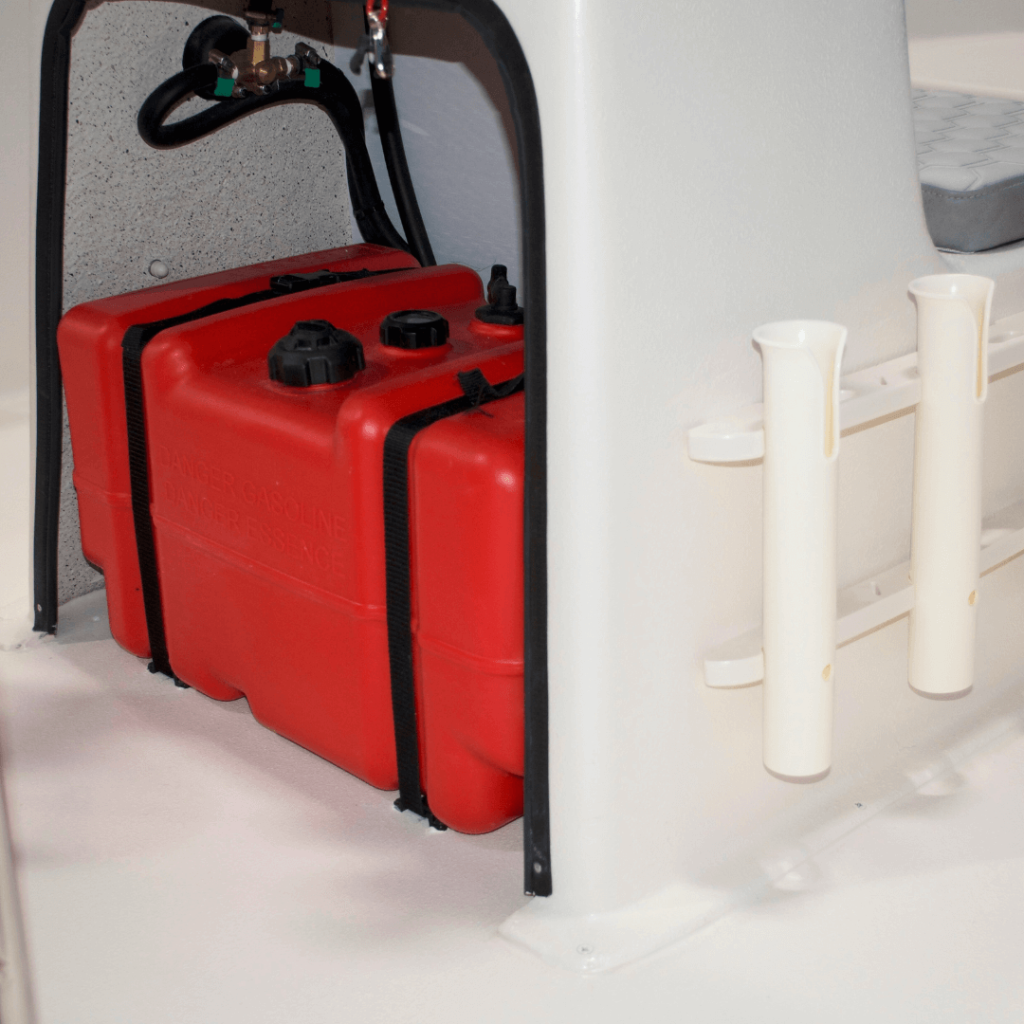
- The best just got better.
- Length Over All:
21'ft 8"in
- Beam:
96"in
- Gunnel Height:
20"in






- The best just got better.
- Length Over All:
17'ft 6"in
- Beam:
96"in
- Gunnel Height:
23"in

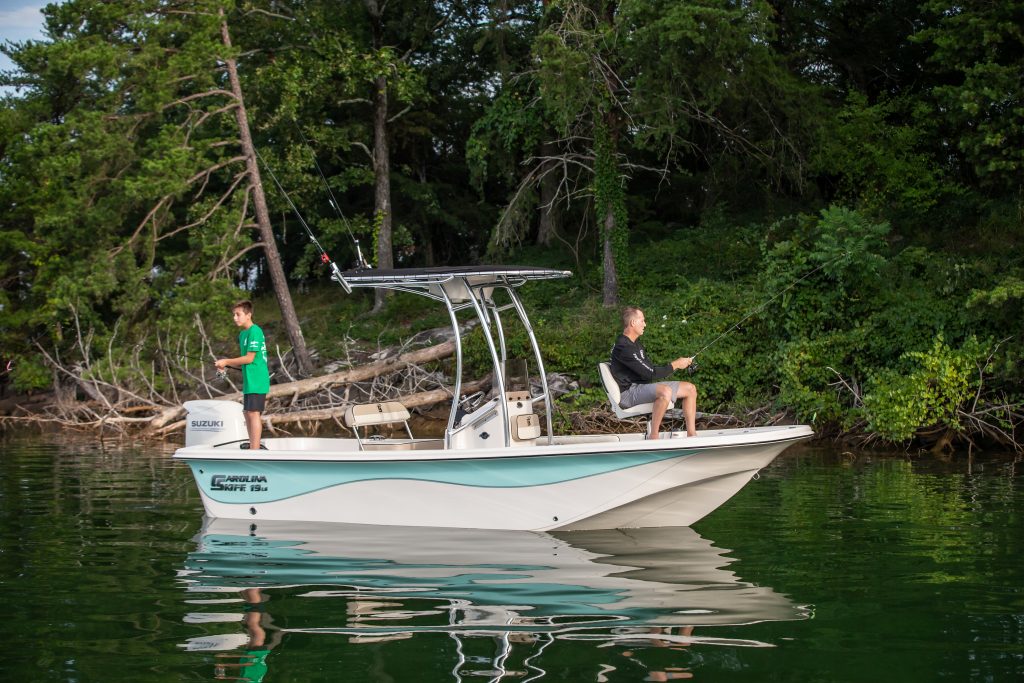

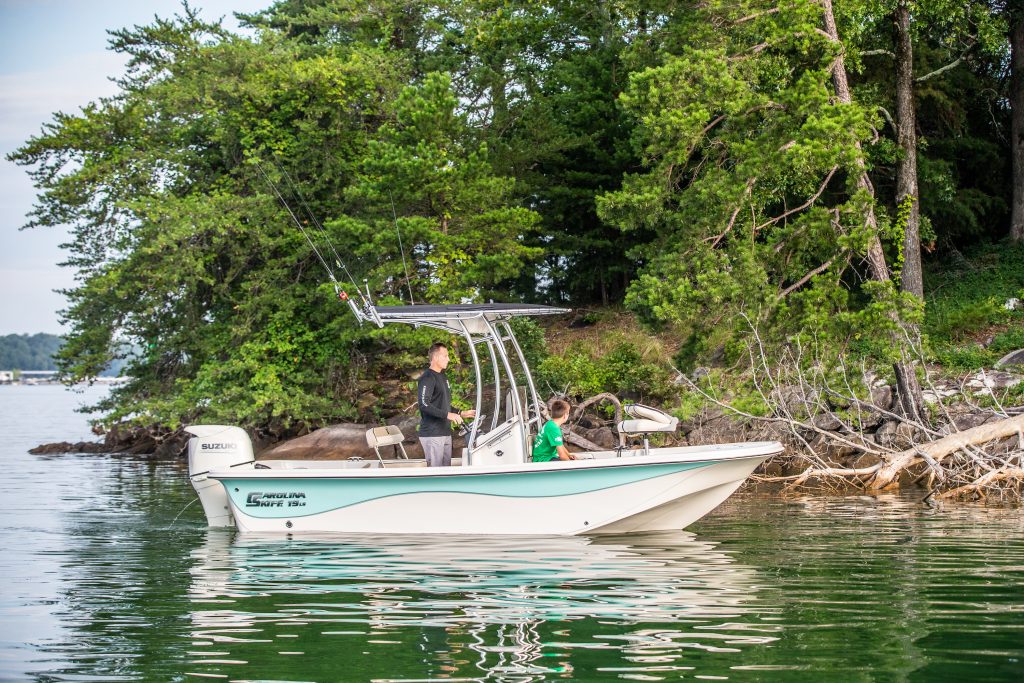

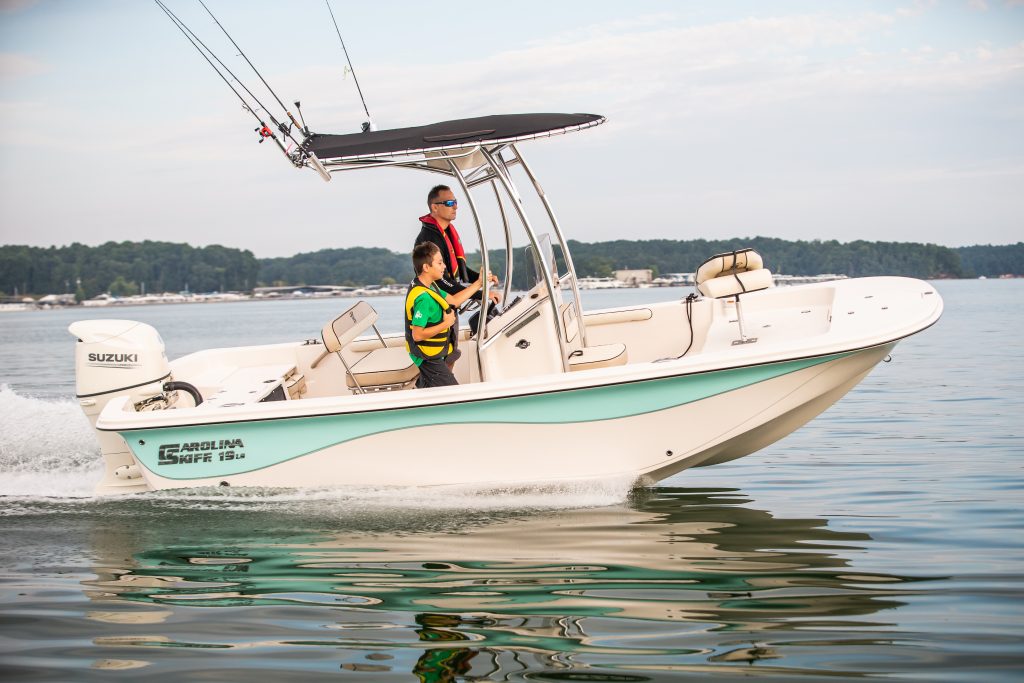
- The best just got better.
- Length Over All:
19'ft 2"in
- Beam:
96"in
- Gunnel Height:
23"in



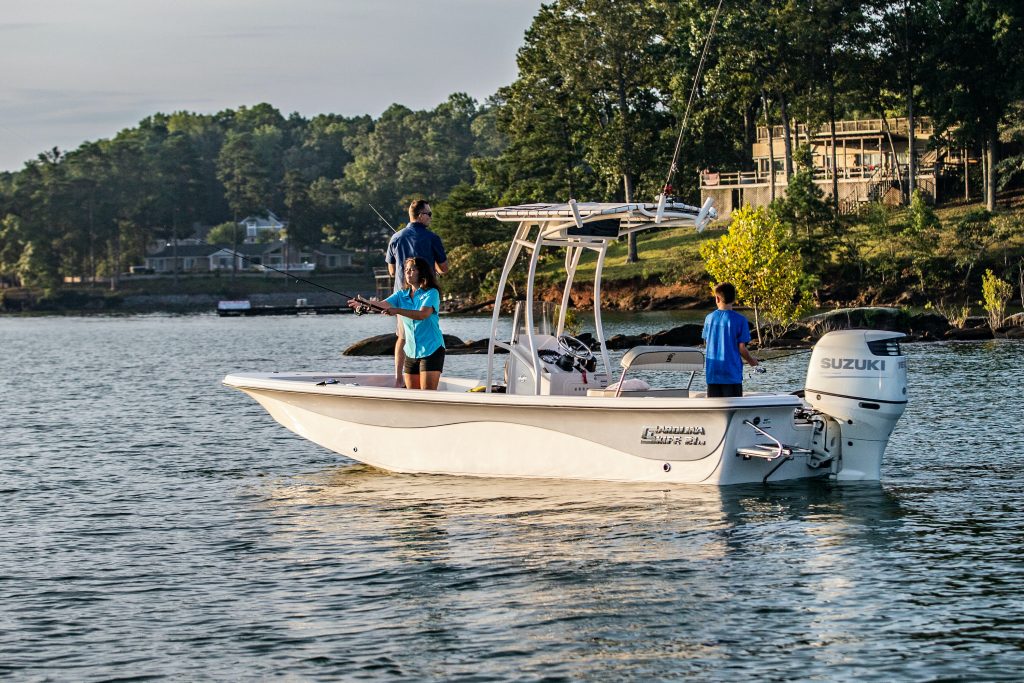
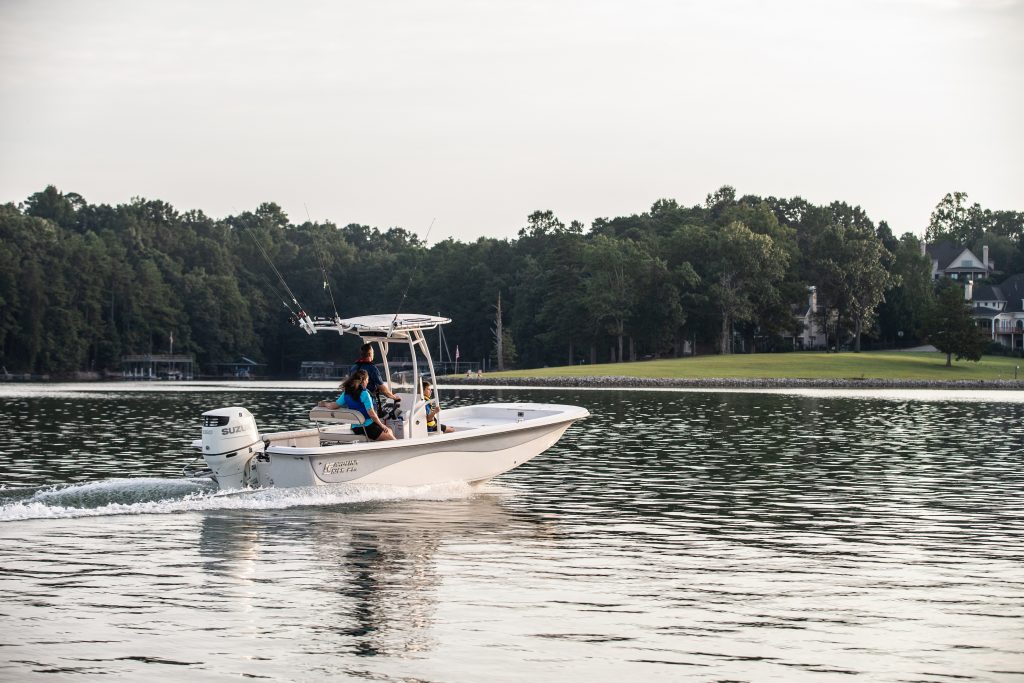
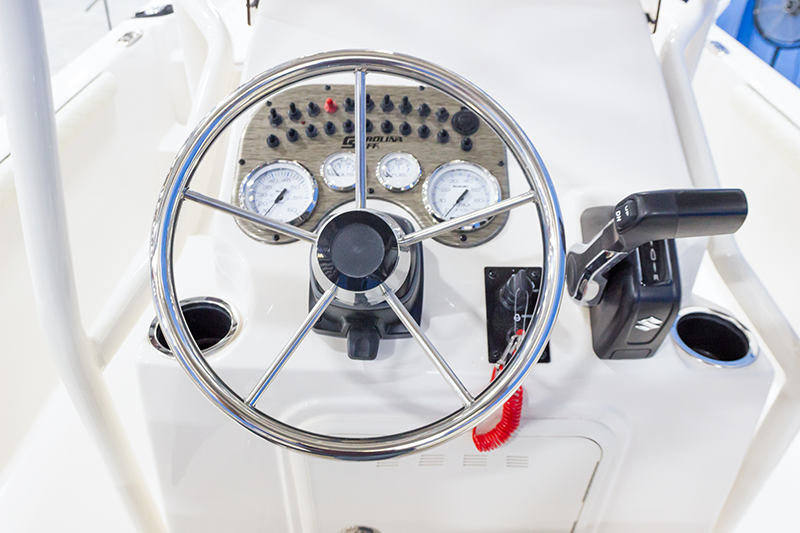
- The best just got better.
- Length Over All:
21'ft 1"in
- Beam:
96"in
- Gunnel Height:
23"in

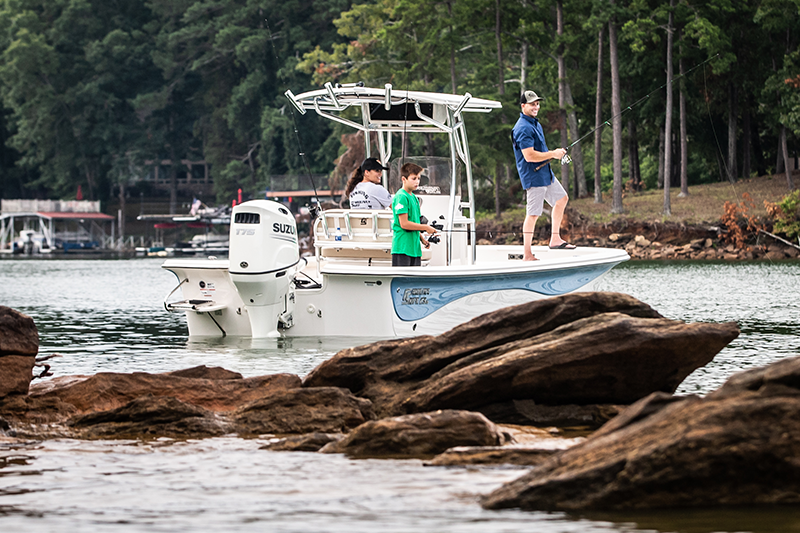

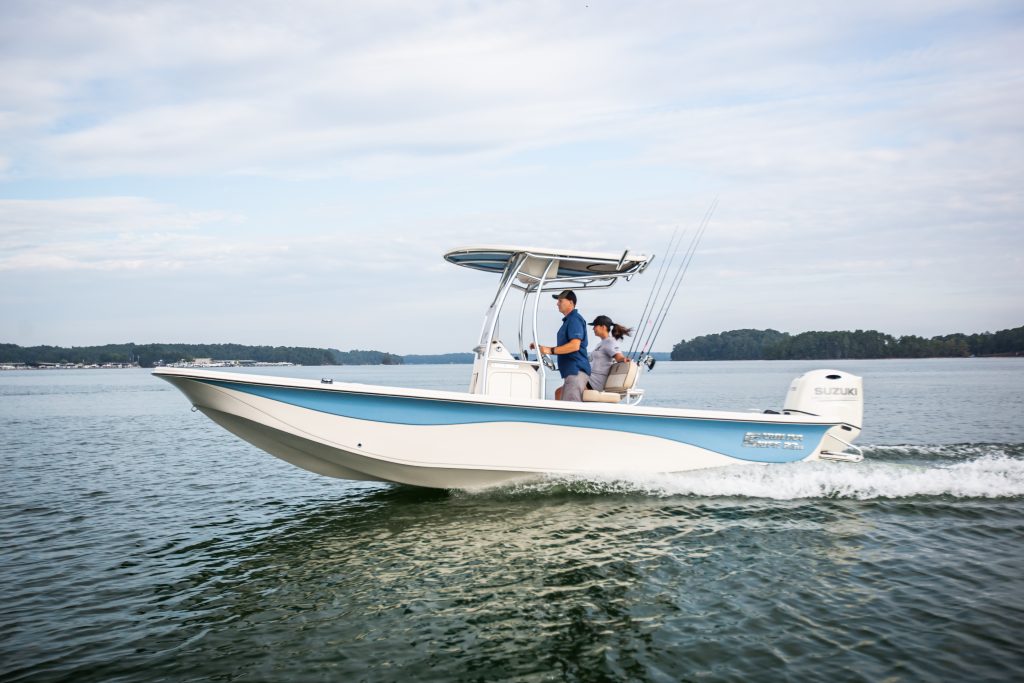
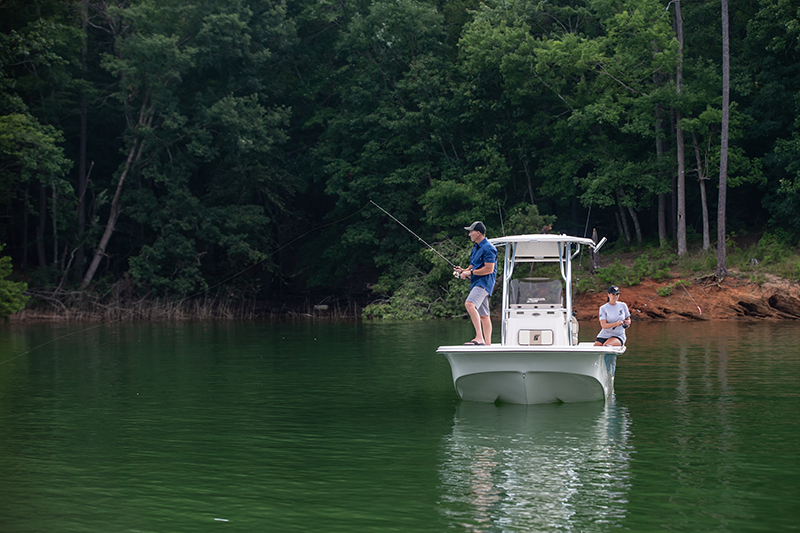

- The best just got better.
- Length Over All:
23'ft 2"in
- Beam:
96"in
- Gunnel Height:
23"in

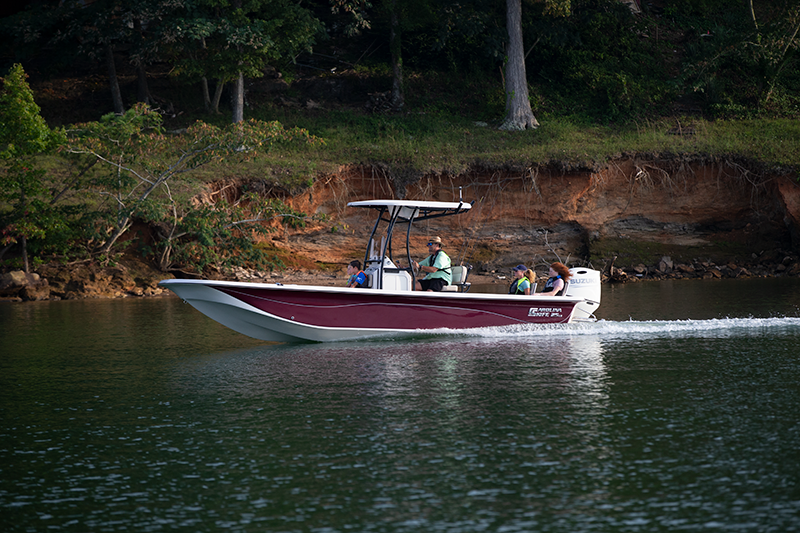
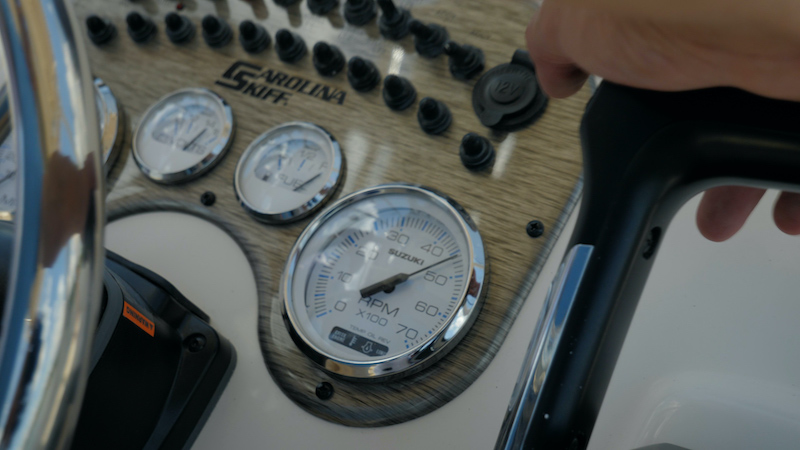

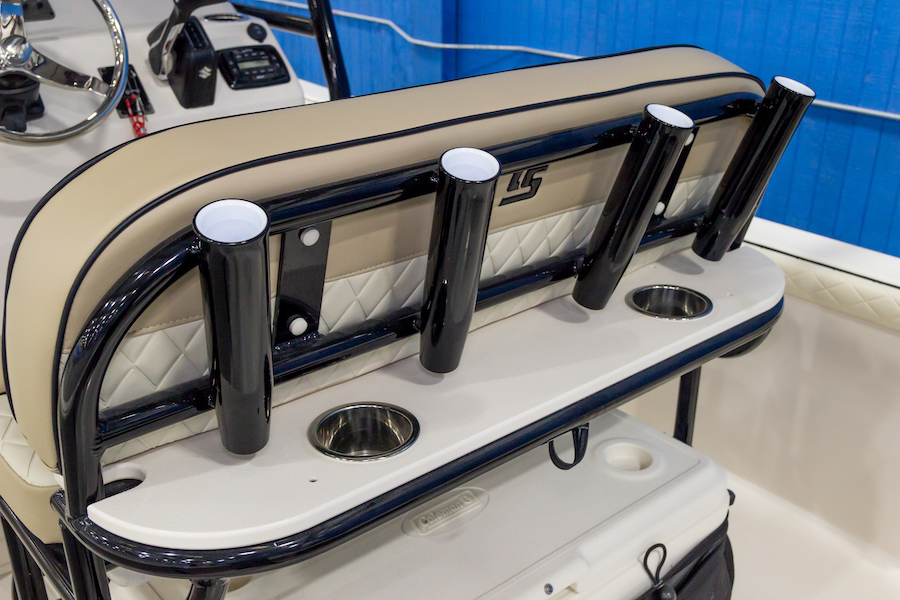
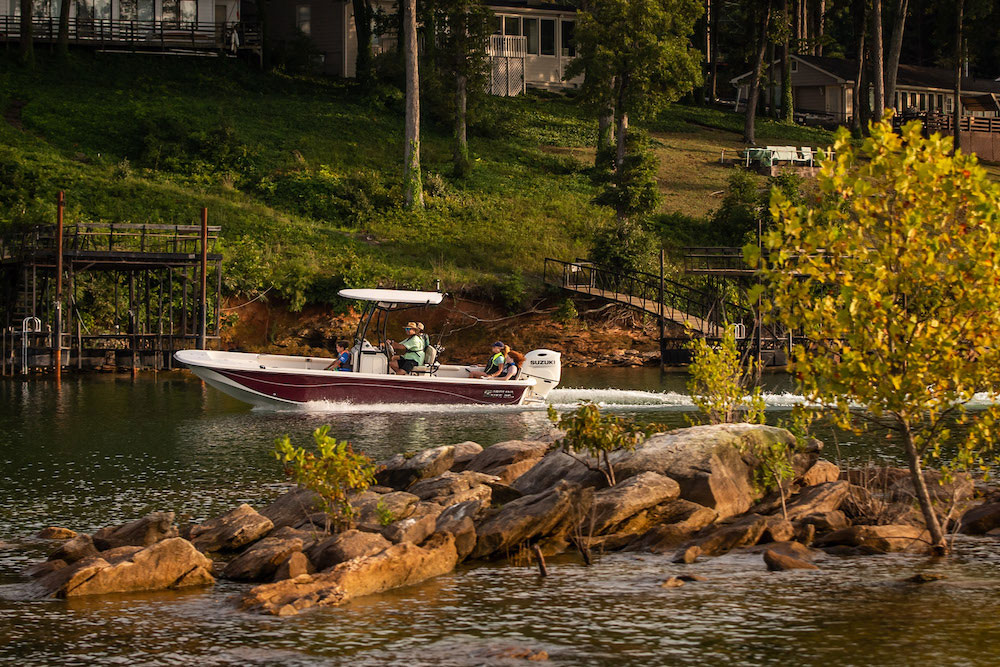
- The best just got better.
- Length Over All:
25'ft "in
- Beam:
96"in
- Gunnel Height:
23"in
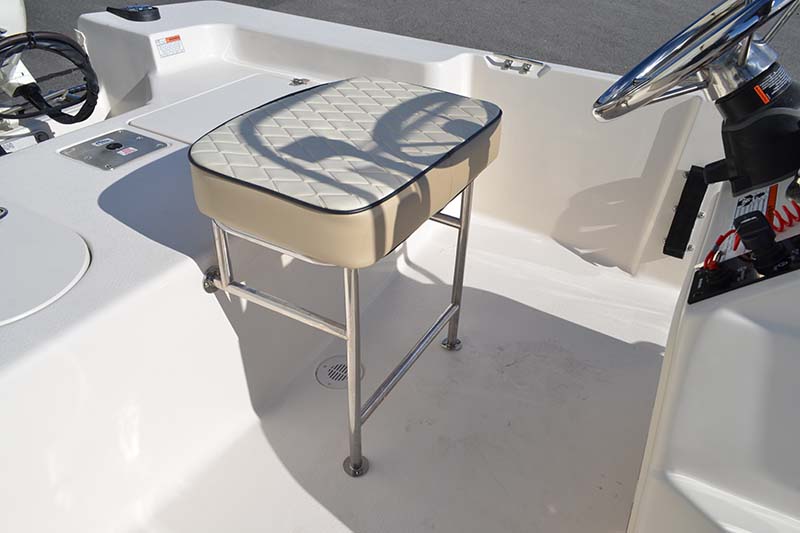
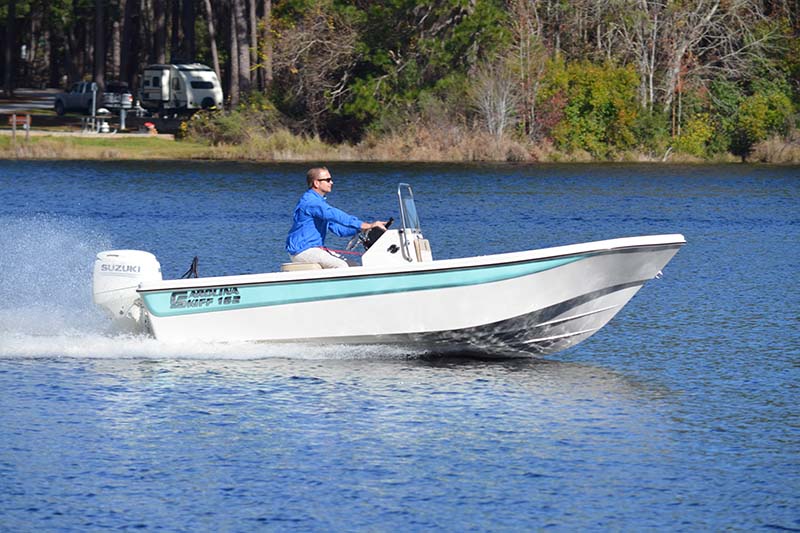
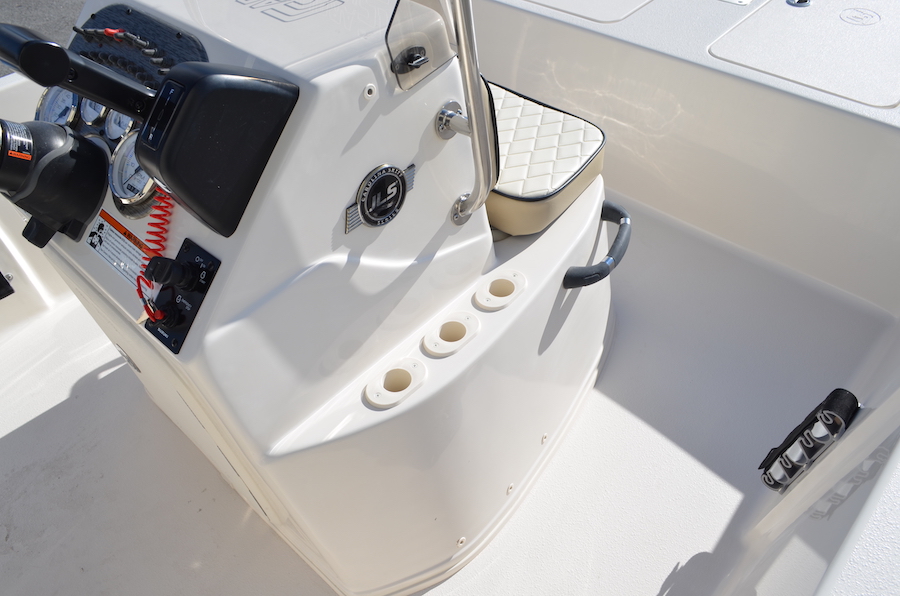


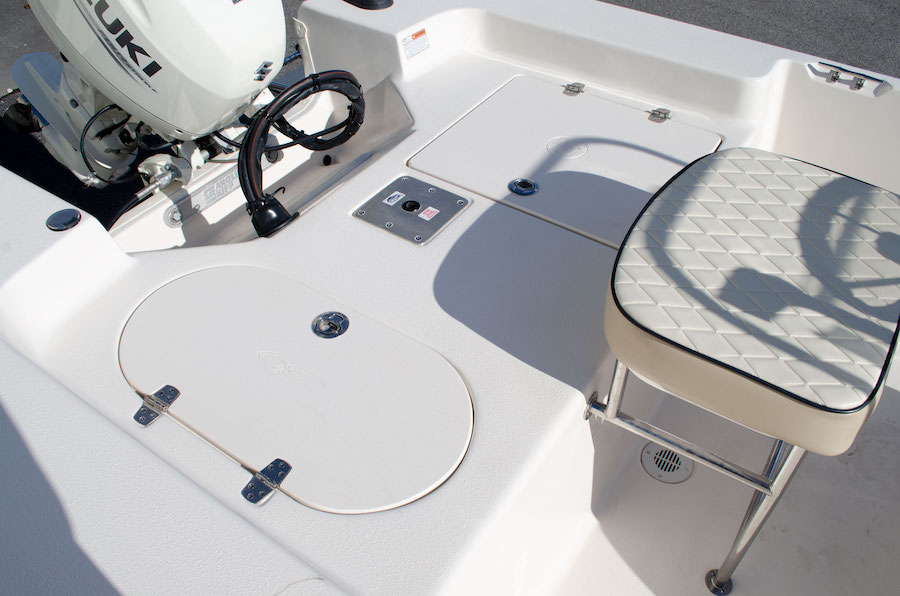
- The best just got better.
- Length Over All:
16'ft 2"in
- Beam:
79"in
- Gunnel Height:
19"in


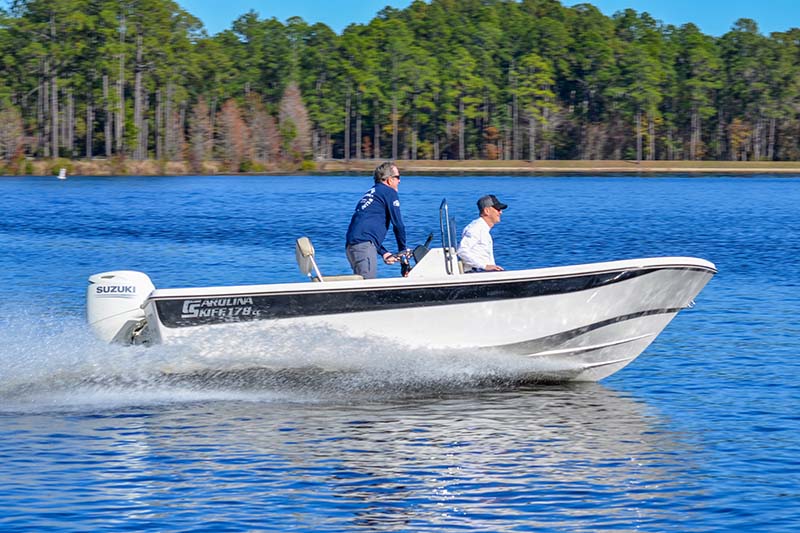
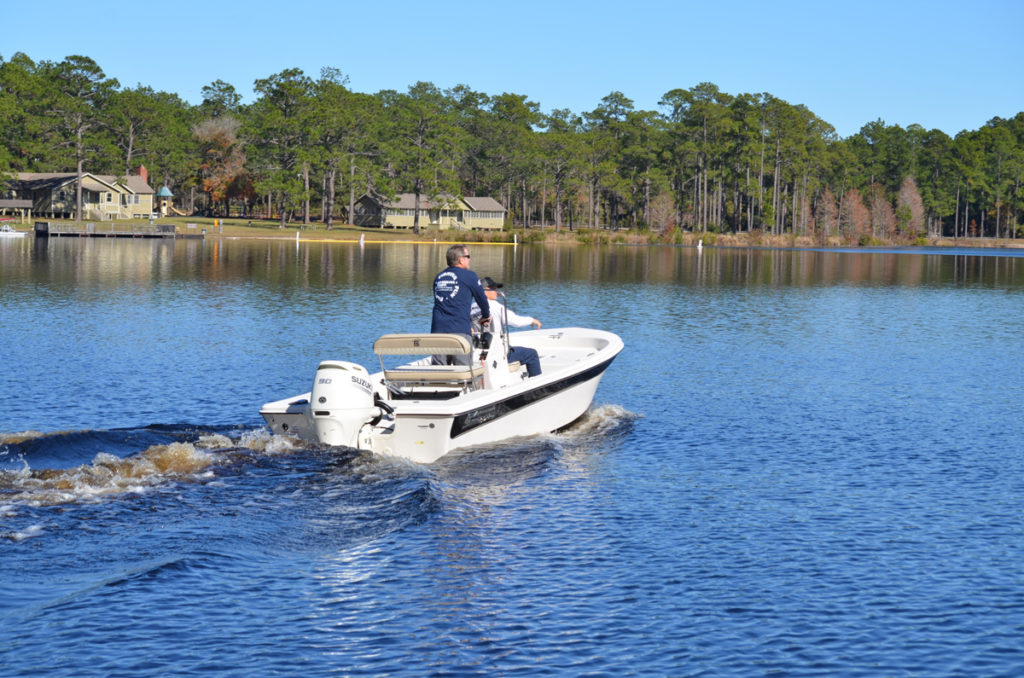
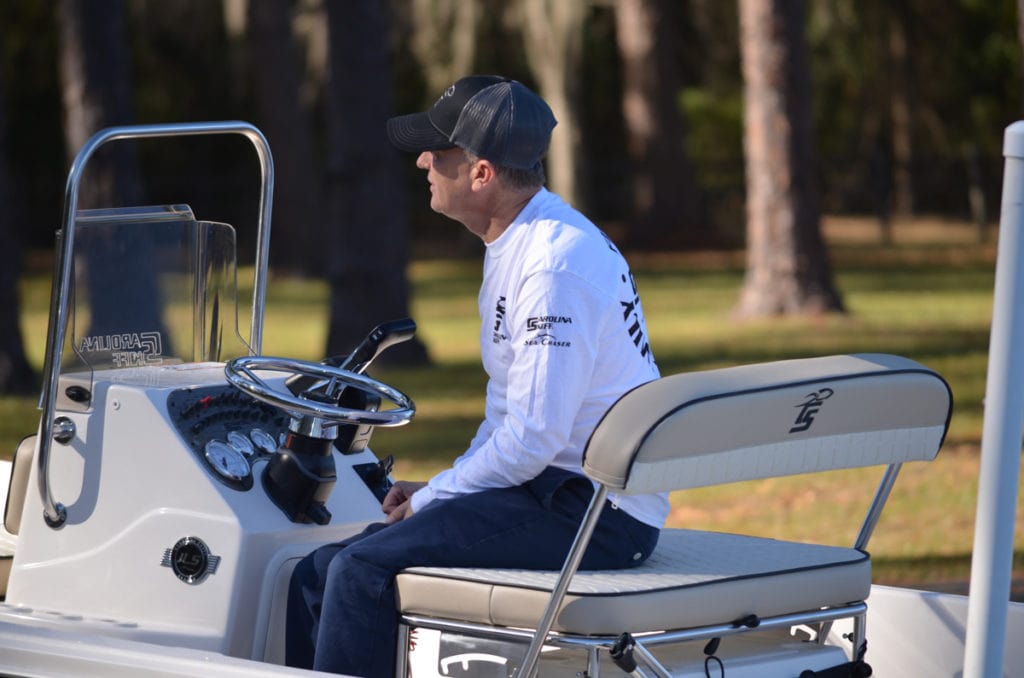

- The best just got better.
- Length Over All:
17'ft 8"in
- Beam:
79"in
- Gunnel Height:
19"in
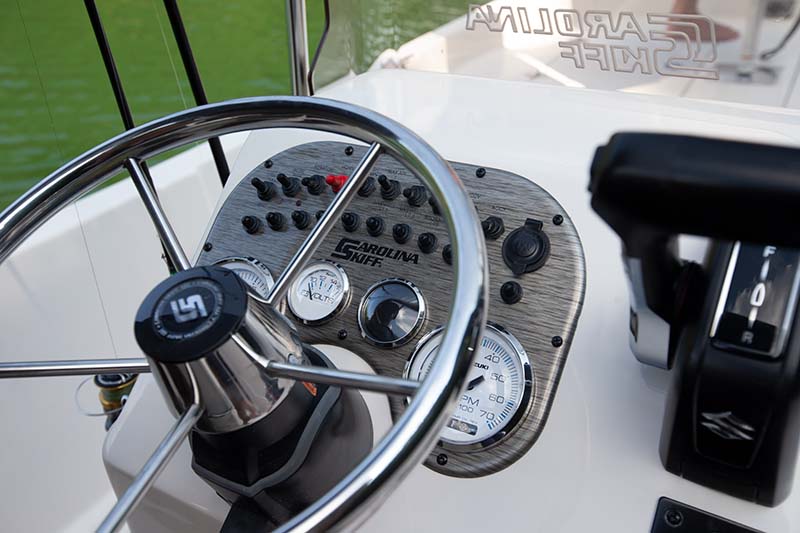
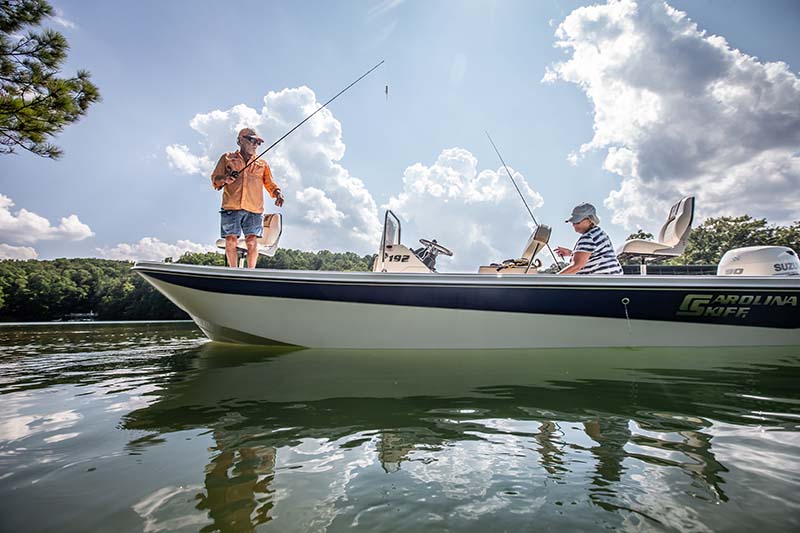

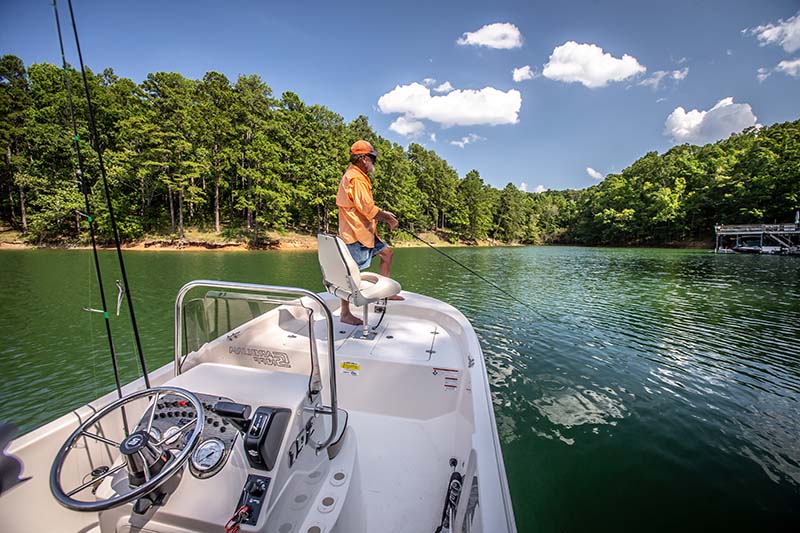
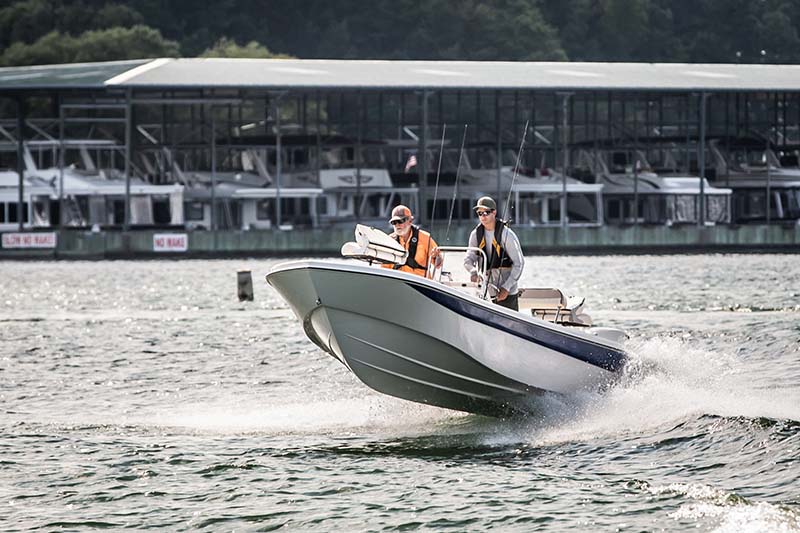
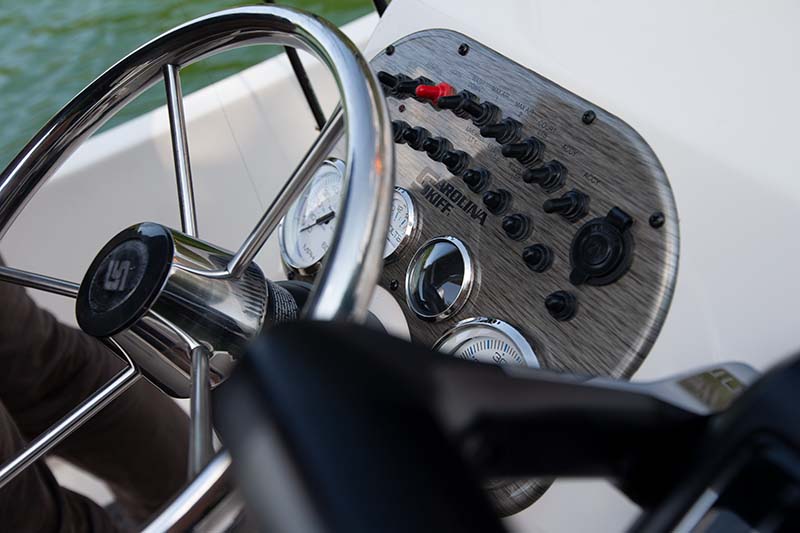
- The best just got better.
- Length Over All:
19'ft 2"in
- Beam:
79"in
- Gunnel Height:
19"in





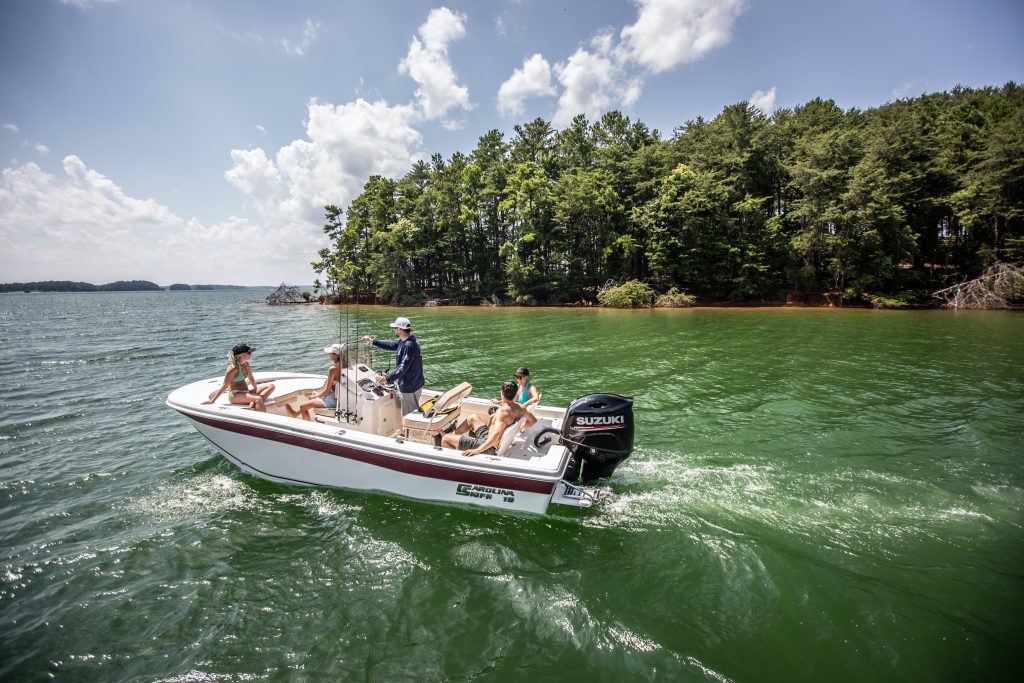
- The best just got better.
- Length Over All:
18'ft 11"in
- Beam:
96"in
- Gunnel Height:
28"in






- The best just got better.
- Length Over All:
20'ft 9"in
- Beam:
96"in
- Gunnel Height:
28"in
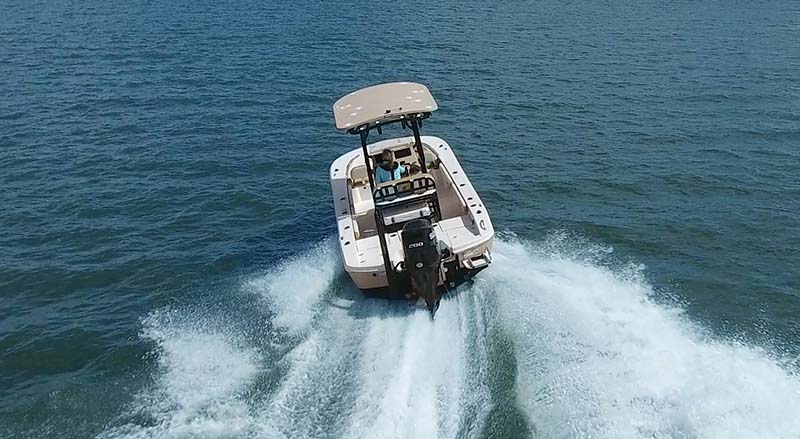
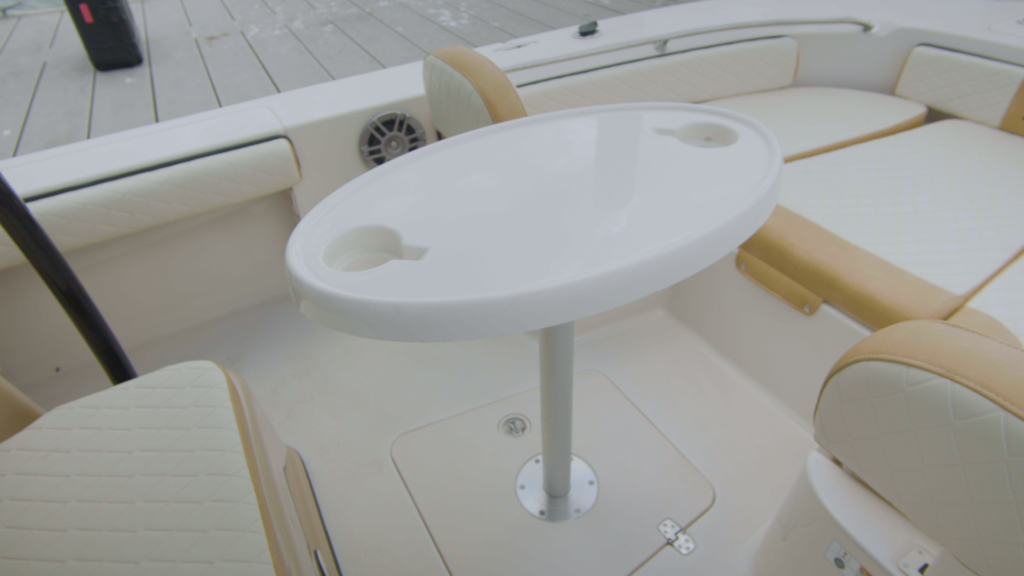
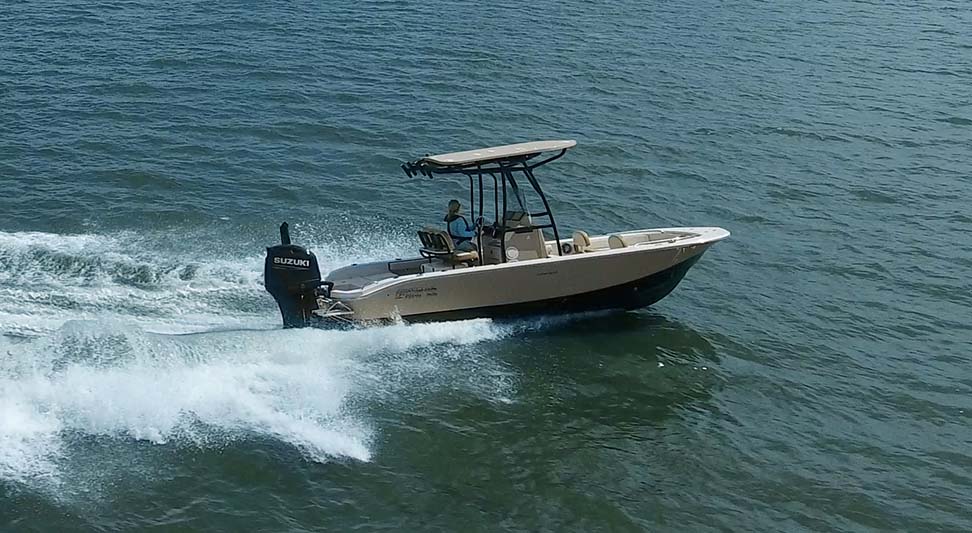

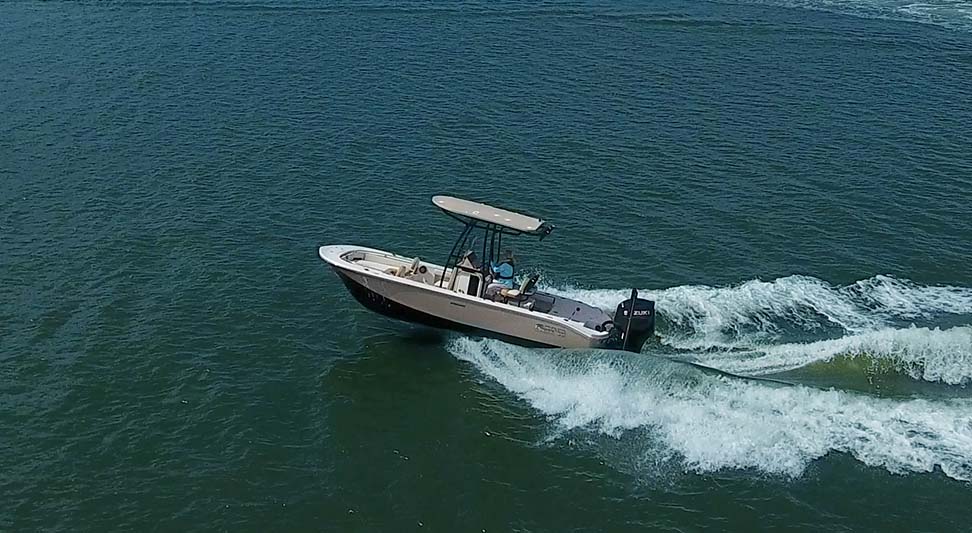

- The best just got better.
- Length Over All:
21'ft 11"in
- Beam:
96"in
- Gunnel Height:
"in

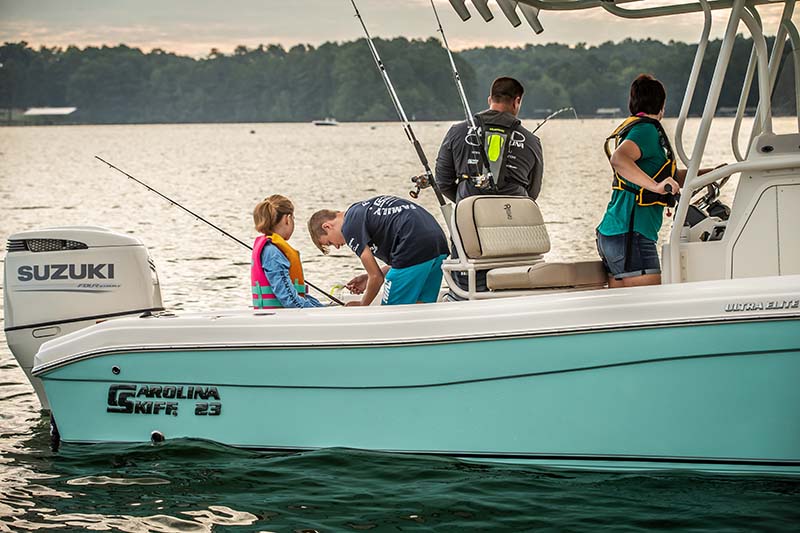




- The best just got better.
- Length Over All:
22'ft 11"in
- Beam:
98"in
- Gunnel Height:
28"in



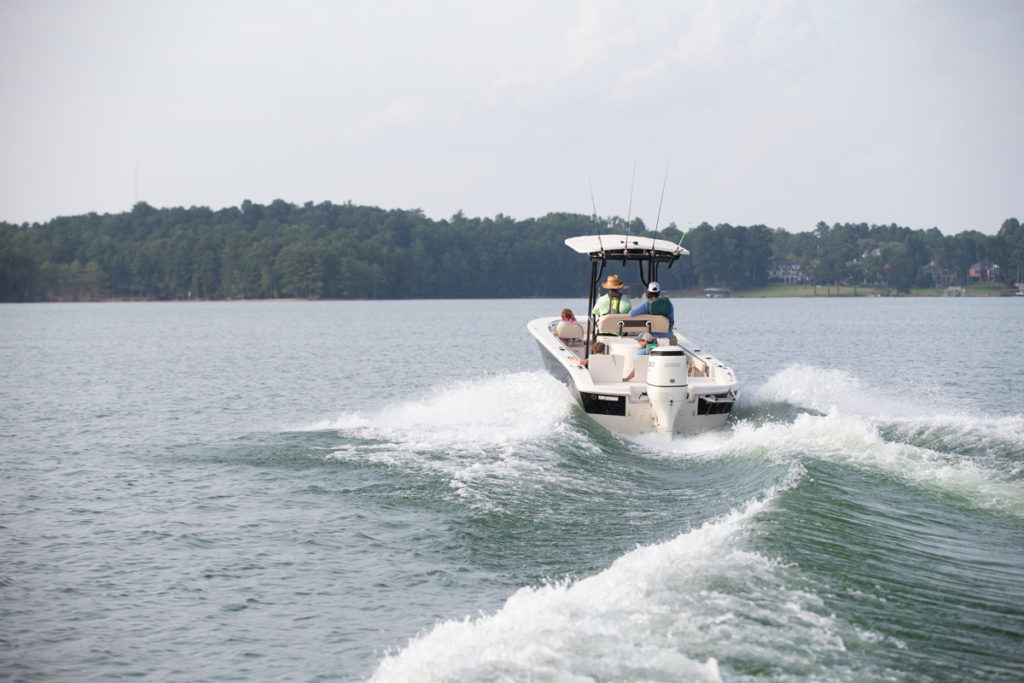
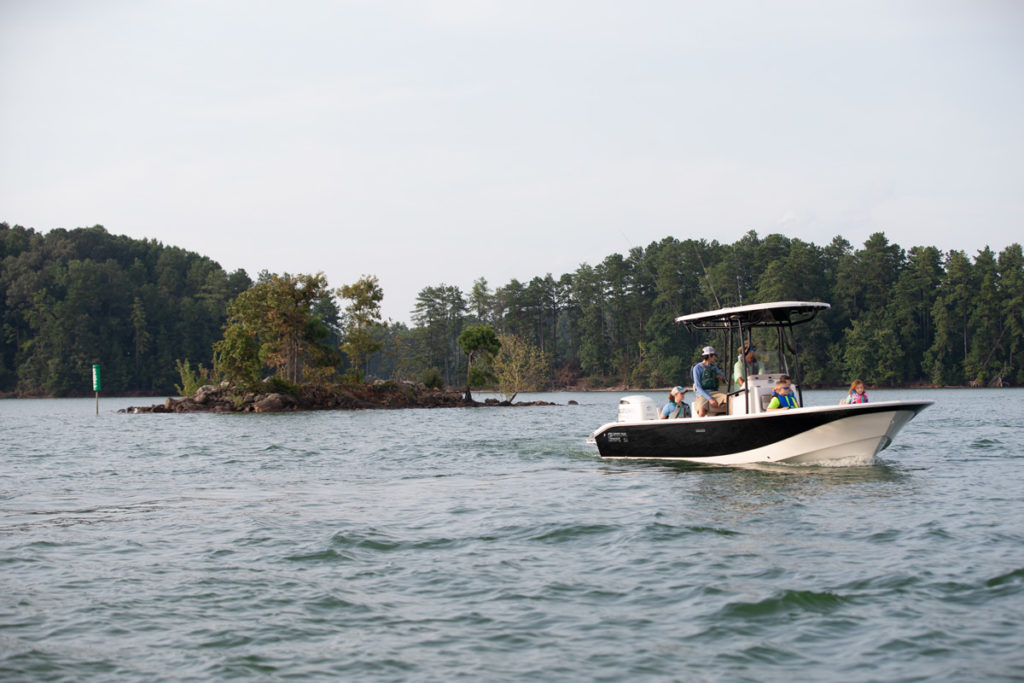

- The best just got better.
- Length Over All:
23'ft 11"in
- Beam:
96"in
- Gunnel Height:
21"in






- The best just got better.
- Length Over All:
26'ft 0"in
- Beam:
96"in
- Gunnel Height:
28"in
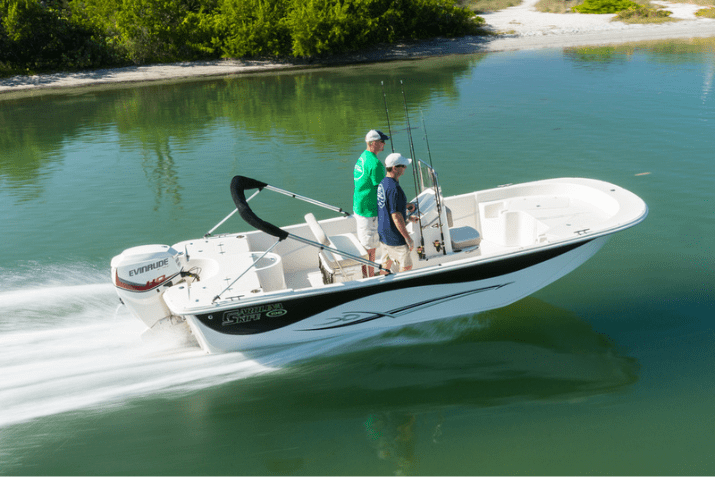


- The best just got better.
- Lorem ipsum dolormet
- Lorem ipsum dolormet
- Lorem ipsum dolormet



- The best just got better.
- Lorem ipsum dolormet
- Lorem ipsum dolormet
- Lorem ipsum dolormet



- The best just got better.
- Lorem ipsum dolormet
- Lorem ipsum dolormet
- Lorem ipsum dolormet



- The best just got better.
- Lorem ipsum dolormet
- Lorem ipsum dolormet
- Lorem ipsum dolormet



- The best just got better.
- Lorem ipsum dolormet
- Lorem ipsum dolormet
- Lorem ipsum dolormet



- The best just got better.
- Lorem ipsum dolormet
- Lorem ipsum dolormet
- Lorem ipsum dolormet



- The best just got better.
- Lorem ipsum dolormet
- Lorem ipsum dolormet
- Lorem ipsum dolormet



- The best just got better.
- Lorem ipsum dolormet
- Lorem ipsum dolormet
- Lorem ipsum dolormet



- The best just got better.
- Lorem ipsum dolormet
- Lorem ipsum dolormet
- Lorem ipsum dolormet



- The best just got better.
- Lorem ipsum dolormet
- Lorem ipsum dolormet
- Lorem ipsum dolormet



- The best just got better.
- Lorem ipsum dolormet
- Lorem ipsum dolormet
- Lorem ipsum dolormet



- The best just got better.
- Lorem ipsum dolormet
- Lorem ipsum dolormet
- Lorem ipsum dolormet



- The best just got better.
- Lorem ipsum dolormet
- Lorem ipsum dolormet
- Lorem ipsum dolormet



- The best just got better.
- Lorem ipsum dolormet
- Lorem ipsum dolormet
- Lorem ipsum dolormet



- The best just got better.
- Lorem ipsum dolormet
- Lorem ipsum dolormet
- Lorem ipsum dolormet



- The best just got better.
- Lorem ipsum dolormet
- Lorem ipsum dolormet
- Lorem ipsum dolormet



- The best just got better.
- Lorem ipsum dolormet
- Lorem ipsum dolormet
- Lorem ipsum dolormet



- The best just got better.
- Lorem ipsum dolormet
- Lorem ipsum dolormet
- Lorem ipsum dolormet



- The best just got better.
- Lorem ipsum dolormet
- Lorem ipsum dolormet
- Lorem ipsum dolormet



- The best just got better.
- Lorem ipsum dolormet
- Lorem ipsum dolormet
- Lorem ipsum dolormet



- The best just got better.
- Lorem ipsum dolormet
- Lorem ipsum dolormet
- Lorem ipsum dolormet



- The best just got better.
- Lorem ipsum dolormet
- Lorem ipsum dolormet
- Lorem ipsum dolormet



- The best just got better.
- Lorem ipsum dolormet
- Lorem ipsum dolormet
- Lorem ipsum dolormet



- The best just got better.
- Lorem ipsum dolormet
- Lorem ipsum dolormet
- Lorem ipsum dolormet



- The best just got better.
- Lorem ipsum dolormet
- Lorem ipsum dolormet
- Lorem ipsum dolormet



- The best just got better.
- Lorem ipsum dolormet
- Lorem ipsum dolormet
- Lorem ipsum dolormet



- The best just got better.
- Lorem ipsum dolormet
- Lorem ipsum dolormet
- Lorem ipsum dolormet
Captain’s Notes: Game Planning
Posted on by Team CSkiff
Sign up for Carolina Skiff's Newsletter to receive regular updates from our team
Font Resize
Contrast





